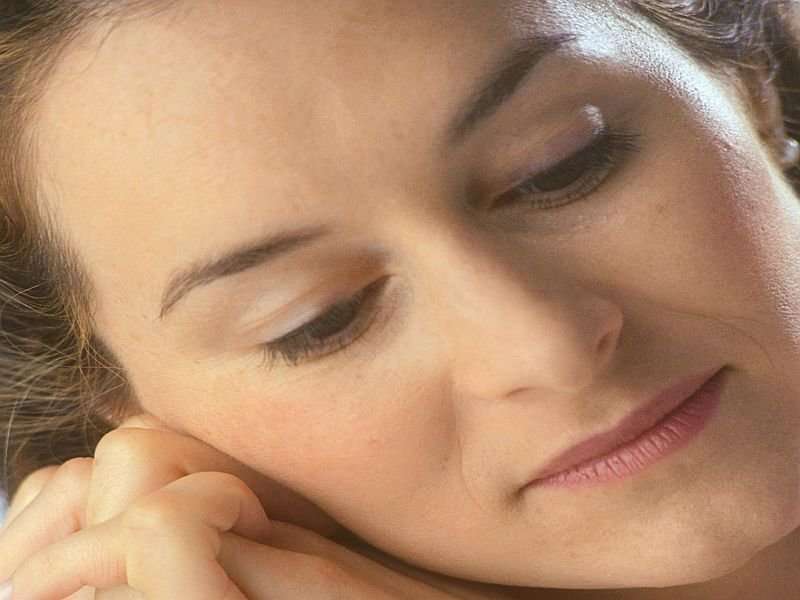(HealthDay)—Laypersons' ability to identify facial paralysis increases with the severity of the condition, although individuals are not always able to accurately localize paralysis on the face, according to a study published online Feb. 8 in JAMA Facial Plastic Surgery.
Peiyi Su, from the Johns Hopkins University School of Medicine in Baltimore, and colleagues conducted a prospective observational study to assess societal members' ability to identify facial paralysis of varying degrees and localize the defect on the face. Web-based surveys were designed showing smiling and repose images of normal faces as well as faces with unilateral facial paralysis in three levels of severity. These images were shown to 380 casual observers who viewed 2,860 facial photographs in aggregate.
The researchers found that participants correctly identified facial paralysis in 34.6 percent of the 719 photographs with low-grade paralysis, 63.2 percent of the 709 photographs with medium-grade paralysis, and 96.7 percent of the 720 photographs with high-grade paralysis. Paralysis was incorrectly identified in 6.2 percent of the 731 normal faces. Study participants correctly localized facial paralysis in 63 percent of 249 low-grade photographs, 68.5 percent of 448 medium-grade photographs, and 79.6 percent of 696 high-grade photographs. In general, facial paralysis was more accurately identified in smiling versus repose faces.
"These findings are important in the future counseling of patients," the authors write.
More information: Abstract/Full Text
Copyright © 2018 HealthDay. All rights reserved.




















